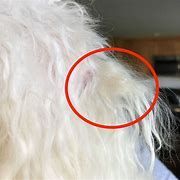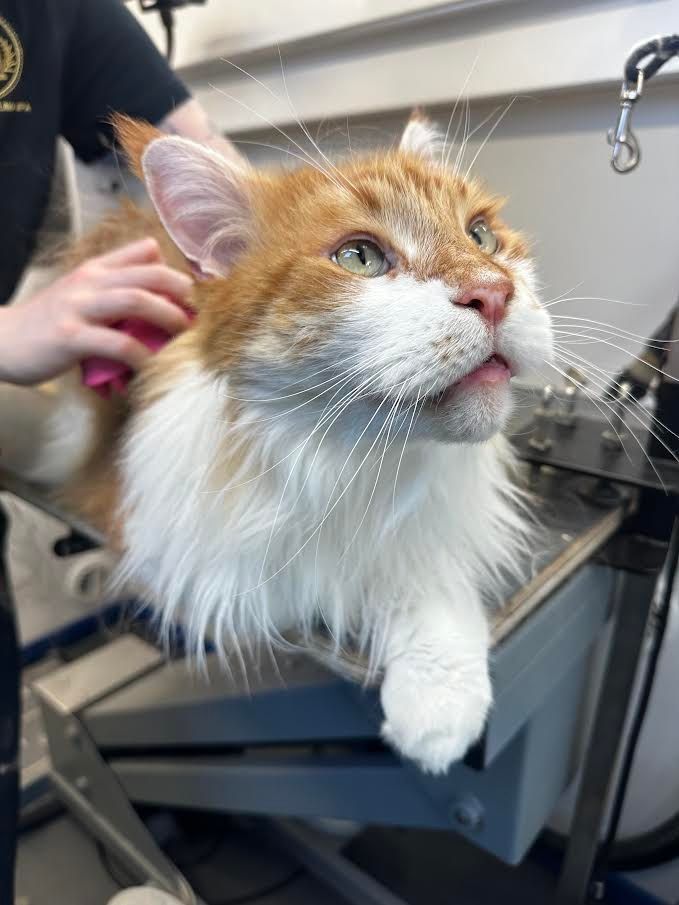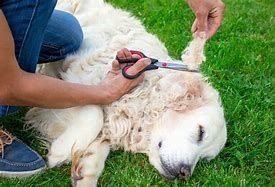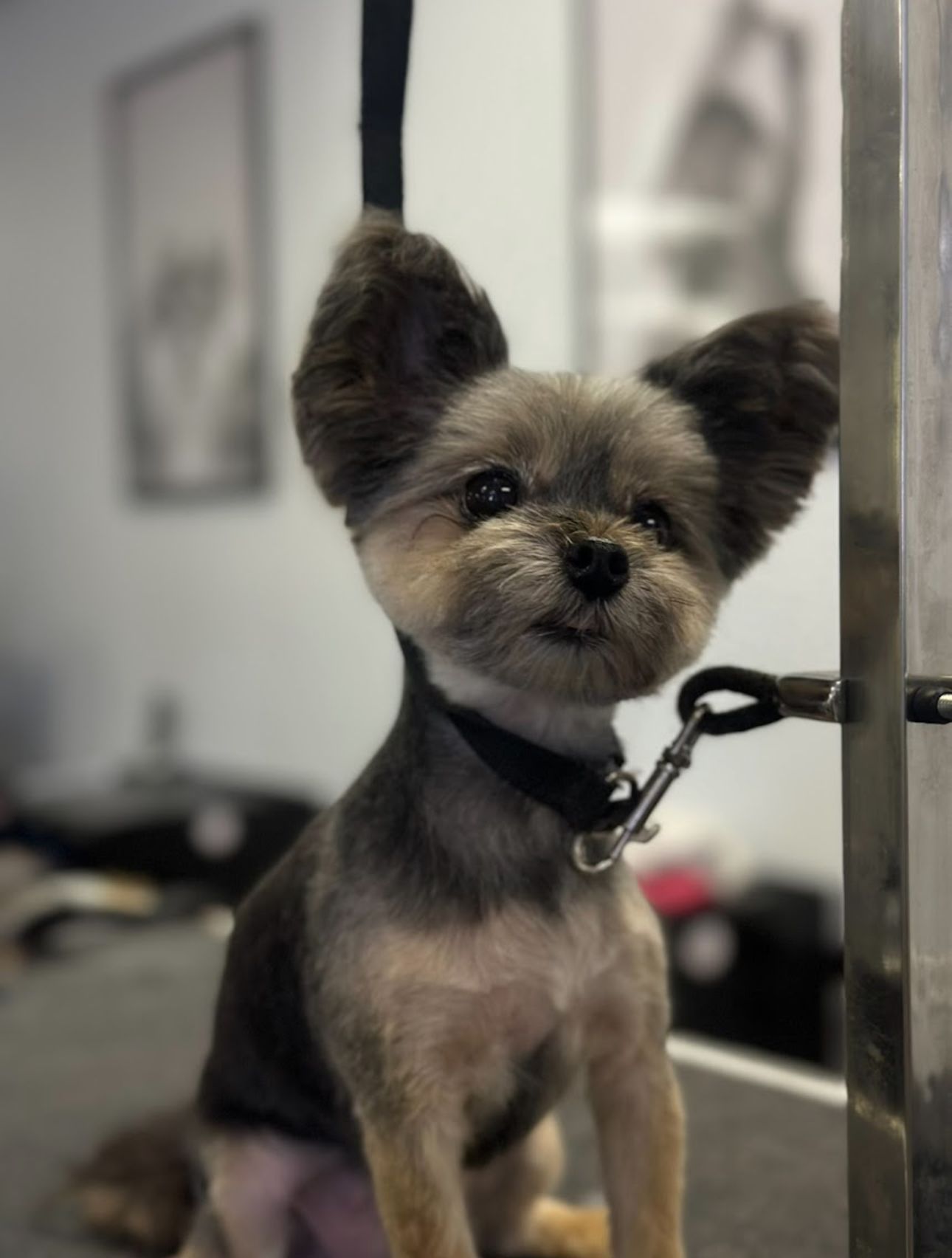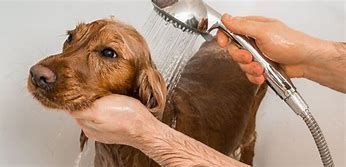Grooming Kittens: Building Trust and Tolerance
When it comes to grooming cats, timing is everything—and starting early is one of the most impactful things you can do for your feline friend’s long-term health and comfort.
Unlike dogs, cat grooming isn’t about styling, breed standard trims, or "looking cute." Professional cat grooming is primarily about hygiene, comfort, and health. And the earlier your kitten is introduced to the process, the more likely they are to tolerate and even enjoy it long term.
Why Grooming Kittens Matters
Kittens are naturally more adaptable than adult cats. When they’re exposed to grooming early—between 8 and 16 weeks if possible—they’re more likely to tolerate:
- Baths
- Blow drying
- Nail trims
- Clipper vibration and sound
- Brushing and dematting
- General handling
Early experiences help build positive associations. But timing and technique are everything: kitten grooming sessions should be short, gentle, and focused on positive reinforcement. It’s not about completing a “perfect” groom—it’s about building tolerance in manageable, trust-building steps.
Tolerance Over Aesthetic
When grooming kittens, the goal isn’t the final look—it’s the process. Kittens shouldn’t be pushed through full grooms if they’re overwhelmed. Sessions may need to be split into two visits or kept extremely short.
Every positive experience teaches the kitten that grooming isn’t something to fear. Every negative one risks damaging that trust and creating future behavioral issues. When started young and done with compassion, grooming becomes a normalized experience—not a battle.
See what professional grooming actually involves for more.
What Happens If You Wait?
Cats groomed for the first time as adults are significantly more likely to be reactive, fearful, or aggressive. Many cat groomers report that late-start adult cats are some of the most difficult clients they see—not because they’re “bad cats,” but because they’ve missed the early socialization window and haven’t learned to tolerate the sensations, sounds, and handling grooming requires.
This isn’t just inconvenient—it’s dangerous. Learn what happens when you start grooming later in life and how at home grooming isn't a replacement.
Cats that resist grooming are at higher risk for:
- Matting and pelted coats
- Painful brush or clipper burn
- Flea infestations hiding under coat debris
- Compromised hygiene, especially around the rear and undercarriage
- Aggressive outbursts that lead to injury—for them and the groomer
Grooming tolerance isn’t a luxury—it’s a necessity. Learn why mobile grooming is the best for cats.
Final Thoughts
Your kitten’s grooming journey begins the moment you bring them home. Just like veterinary care or litter training, grooming is a vital part of their routine health and well-being. Starting early, working with a trained cat groomer, and focusing on trust—not appearance—can make all the difference.
If you have a kitten and want to give them the best start possible, reach out to Roman’s Empire or book online to schedule a gentle, kitten-focused introduction to grooming. We’re here to build lifelong comfort, one paw at a time.
